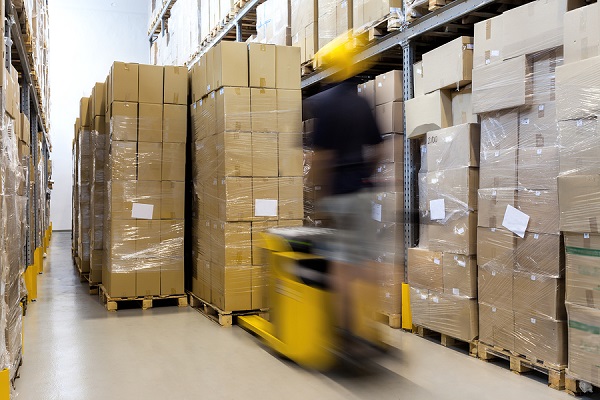Surprisingly, right now your manufacturing processes could be overrun with wastes – wastes you don't even know about, yet they could be costing you plenty.
'The Seven Wastes' was the brainchild of Toyota Chief Engineer, Taiichi Ohno. It's worked wonders for the Toyota production system and with the right application it can greatly enhance your production efficiency as well. Here are the Seven Wastes and how to eliminate them.
1. Overproduction
Do you sometimes manufacture products or components long before they're required? If you do you're wasting valuable storage space, not to mention production time making something you don't yet need.
Fixing this problem takes courage as it means tightening your planning and production schedule. But if you schedule and produce only what you need precisely when it's needed, your overall efficiency will increase and your production costs will be reduced.
2. Waiting
To some extent this follows on from overproduction. If goods or components are sitting on your factory floor with no current purpose, they're effectively waiting, and waiting is a waste.
Right now you possibly have all kinds of batches queued up ready to be fed into production and some of them may have been in that queue far longer than necessary. Find ways to link the production of every item in that queue so it gets made and moved straight into the next stage and your productivity gains will be immense.
3. Transporting

While transporting products around between manufacturing processes is an evitable part of your daily schedule, it adds absolutely no value and costs plenty.
Goods in transit chew up money faster than a speeding truck and the time required to manhandle them on and off transportation at either end doesn't help. While the solution isn't simple, mapping your product flows can help uncover ways to bring your processes closer together and reduce transportation times.
4. Inappropriate processing
Imagine that your production line is a high-tech game of pass the parcel. The parcel moves swiftly through four pairs of hands. Then in the fifth pair of hands there are all kinds of elaborate bows and tape to remove, slowing the line down before it moves on again. Those bows and tape can be likened to an unnecessarily large and cumbersome piece of equipment in your production line.
It may be high-tech, but it may also be a waste when a far smaller, less space-heavy piece of equipment would do the same job. Toyota is famous for its low cost automation. Use the smallest, most flexible equipment you can find and your popularity will skyrocket too.
5. Unnecessary inventory
Excess inventory is nothing more than bad planning. It consumes valuable floor space and eats into your profits. Collaborate with your suppliers and work centres to create a seamless flow of inventory right on deadline, not a week before it.
6. Excess motion
You may know this as 'time in motion', where an item is twice as far away or twice as high as it needs to be, doubling the time it takes to do anything. Analyse all your processes and find ways to bring all components closer together and positioned at just the right height to feed effortlessly into production. The result will be a faster line and far less wasted motion.
7. Defects
Any defective product can throw a spanner in the works; holding up essential production while reworking and rescheduling takes place. Focus on improving the overall quality of your processes by involving your workers in a grand plan to eliminate defects and the savings will be significant.









